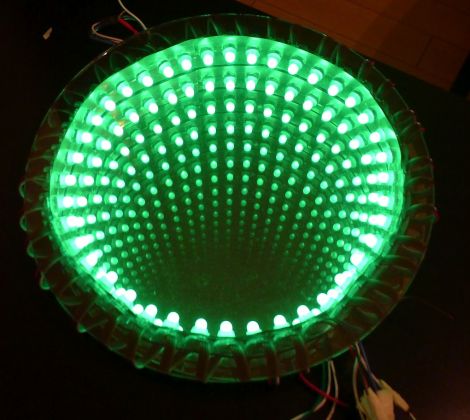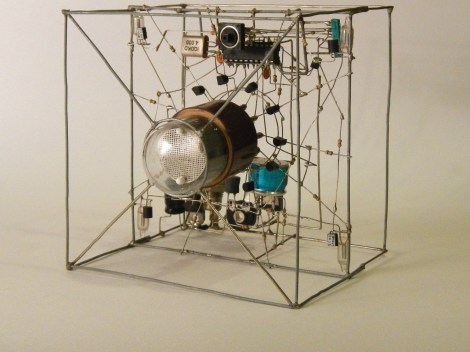Either through QR codes, RFID, or near field communication, there seems to be some desire to share tiny pieces of data in a more physical and accessible form. [Chris Harrison], [Robert Xiao], and [Scott E. Hudson] of the HCI Institute at Carnegie Mellon have come up with a fairly interesting solution of making data more physical. They call it Acoustic Barcodes, and it’s able to store over a billion unique IDs in a small strip of plastic.
By engraving a barcode pattern into a piece of wood, stone, glass, or plastic, the guys then attached a microphone to the barcode and ran their fingernails across their invention. A computer interprets the sounds of a finger scraping against the acoustic barcode and produces a series of 1s and 0s.
This binary code can be used to look up various items in a database, or perform actions on a computer. In the video after the break, you can see these acoustic barcodes attached to a whiteboard to provide real tactile control of a video projector.
You can check out a PDF of the Acoustic Barcode paper here.
Continue reading “Acoustic Barcodes Deliver Data With A Fingernail And Microphone”
















